Yates Account
Join now
Create a Yates account today!
Sign up to join the Yates Garden Club for monthly e-mails packed with seasonal inspiration, tips for success & exclusive promotions.
Plus if you’re a Garden Club member you can take part in the Yates Growing Community - a blog to share successes, get advice & win prizes in fun challenges along the way!

Forgot password
Enter the email address associated with your account, and we'll email you a new password.

Plants are grown in containers for many reasons. The increasing number of people who live in flats or home units must, by necessity, do their gardening on windowsills or balconies. Here is your guide to growing vegetables in containers. Ensure you use good quality potting mix, like Yates Premium Potting Mix and feed well with Yates Thrive Fish Blood & Bone Plant Food Concentrate to help boost growth and maintain healthy plants.
|
VEGETABLES |
MOST SUITABLE VARIETIES |
RECOMMENDED MIN, DEPTH OF CONTAINER |
|
Cabbage |
Sugarloaf |
25 cm |
|
Capsicum |
All |
40 cm |
|
Carrot |
Baby |
25 cm |
|
|
Chantenay |
25 cm |
|
Chilli |
Burke’s Backyard Thai |
25 cm |
|
Cress |
Curled Cress |
10 cm |
|
Cucumber |
Lebanese |
40 cm |
|
Eggplant |
All |
40 cm |
|
Herbs |
Many types |
20 cm |
|
Lettuce |
Cos |
25 cm |
|
|
Mignonette |
25 cm |
|
|
Buttercrunch |
25 cm |
|
Onion |
Spring or Straight Leaf |
20 cm |
|
Pumpkin |
Golden Nugget |
30 cm |
|
Radish |
All |
20 cm |
|
Rocket |
All |
30 cm |
|
Silver beet |
Fordhook Giant |
25 cm |
|
|
Compact |
25 cm |
|
Tomato |
Small Fry |
30 cm |
|
|
Tiny Tim |
30 cm |
|
|
Roma |
30 cm |
|
Zucchini |
Blackjack |
40 cm |
|
|
Greyzini |
40 cm |
|
|
Lebanese |
40 cm |
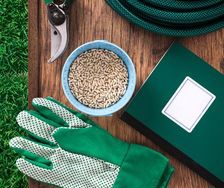
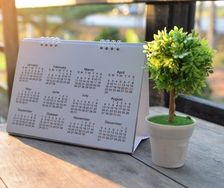
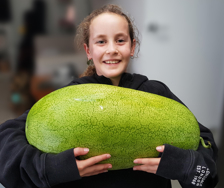
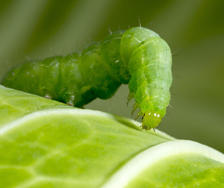



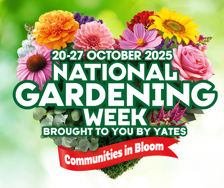
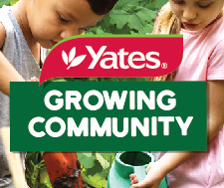






Share
Share this article on social media